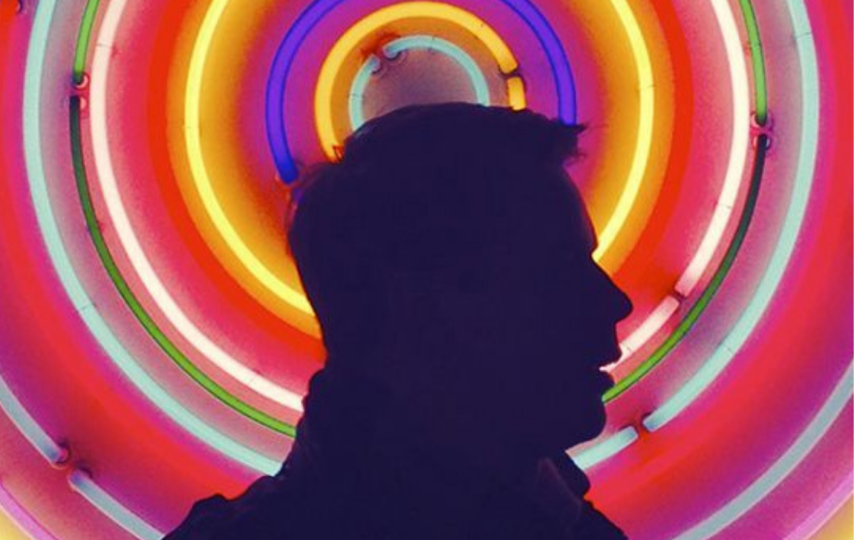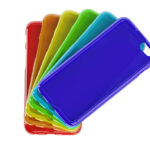Introduction
Diffusion of light is an important contribution of led lights. LEDs, or light-emitting diodes, have become extremely popular due to their energy efficiency, longevity, and versatility. However, it is essential to use the proper diffusion material to ensure that LEDs provide uniform and visually pleasing illumination.
Why is LED Diffusion Important?
LED diffusion plays a crucial role in achieving optimal lighting conditions and ensuring visually pleasing illumination. LEDs, or Light Emitting Diodes, have revolutionized the lighting industry with their energy efficiency, longevity, and versatility.
- LED diffusion helps eliminate glare and harsh shadows, improving visual clarity and comfort.
- Diffusion materials scatter and soften the intensity of LED light, creating a more uniform lighting environment.
- Uniform illumination is achieved through proper LED diffusion, reducing variations in brightness and ensuring a consistent lighting experience.
- LED diffusion softens the light output, making it visually appealing and creating a gentle lighting ambiance.
- Reducing glare is crucial for safety and comfort in environments like offices, schools, and healthcare facilities.
- LED diffusion aids in minimizing glare, preventing eye strain, fatigue, and impaired vision.
- LED diffusion enhances the aesthetics and visual appeal of lighting fixtures.
- By diffusing the light source, the focus shifts to the illuminated area, creating an elegant and polished look.
- This is particularly beneficial in architectural, decorative, and display lighting applications.
Materials used for LED Diffusion
Acrylic: A Versatile and Efficient Choice
Acrylic, also known as Plexiglas or PMMA (polymethyl methacrylate), is a widely used material for LED diffusing. This transparent thermoplastic is known for its excellent light transmission properties. When properly formulated and processed, acrylic can efficiently scatter and diffuse light, reducing the intensity of the LED source and ensuring uniform illumination.
One of the great advantages of acrylic is that it can be easily cast into different shapes which is suitable for a wide variety of lighting applications. The diffuser is available in a variety of thicknesses and sizes. Thereby achieving city optimized lighting. Also lightweight and durable. Anti-yellowing. Considered a popular choice for movable installations.
Polycarbonate: Durable and Impact-Resistant
Polycarbonate is another popular material used for LED diffusers. Known for its exceptional durability and impact resistance, polycarbonate diffusers are often preferred in environments where strength and robustness are essential. Polycarbonate offers good light transmission properties and can effectively scatter light, creating a soft and diffused illumination.
Due to its high impact resistance, polycarbonate is ideal for applications where the diffuser may be exposed to potential hazards, such as in outdoor lighting fixtures or industrial settings. Additionally, polycarbonate is lightweight and UV-stabilized, ensuring its longevity even in challenging conditions.
Glass: A Timeless Option
While acrylic and polycarbonate dominate the LED diffusing material market, glass remains a timeless and elegant choice. Glass diffusers provide a distinct aesthetic appeal, particularly in architectural and decorative lighting applications. They offer excellent light transmission properties, allowing for efficient diffusion while maintaining clarity.
Glass diffusers can be manufactured with various surface finishes, such as frosted or etched, to achieve the desired diffusion characteristics. They are highly durable and resistant to discoloration, making them suitable for long-term use. However, it is important to consider the weight and fragility of glass diffusers, especially for applications where safety is a concern.
Silicon Neon LED Diffuser Tube: Effective Material for Light Diffusion
In addition to acrylic, polycarbonate, and glass, another effective material for LED diffusing is the silicon Neon LED diffuser tube. Silicon neon is a flexible and durable material that can be easily shaped into different sizes and shapes, providing versatile options for lighting design.
Silicon Neon LED Diffuser Tubes offer excellent light diffusion properties. The material itself is translucent, allowing for efficient light transmission while diffusing the LED source effectively. The diffuser helps to reduce hot spots and glare, resulting in a more visually pleasing and uniform illumination.
One of the key advantages of silicon Neon LED Diffuser Tubes is their flexibility. They can be bent, twisted, and molded into various shapes, enabling creative and customized lighting solutions. This flexibility makes them ideal for applications that require curved or unconventional lighting designs.
Another benefit of silicon Neon LED Diffuser Tubes is their durability. They are resistant to UV radiation, moisture, and environmental elements, ensuring long-term performance and reliability. The material is also easy to clean and maintain, making it a convenient choice for installations that require regular upkeep.
These characteristics establish them as a preferred material for LED diffusion, offering an optimal solution to enhance lighting quality, aesthetics, and overall user experience.
Conclusion
In conclusion, when it comes to LED diffusing materials, several options offer different advantages. Acrylic and polycarbonate provide versatility, efficiency, and durability, making them popular choices for various applications. Glass diffusers offer a timeless aesthetic appeal and excellent light transmission properties. Additionally, Silicon Neon LED diffuser tube combines flexibility, durability, and effective light diffusion, making them a compelling choice for unique lighting designs.
Selecting the best material for LED diffusing depends on factors such as lighting requirements, design preferences, and environmental considerations. It is recommended to consult with lighting experts or suppliers who can provide guidance on selecting the most suitable diffusing material for your specific needs.








